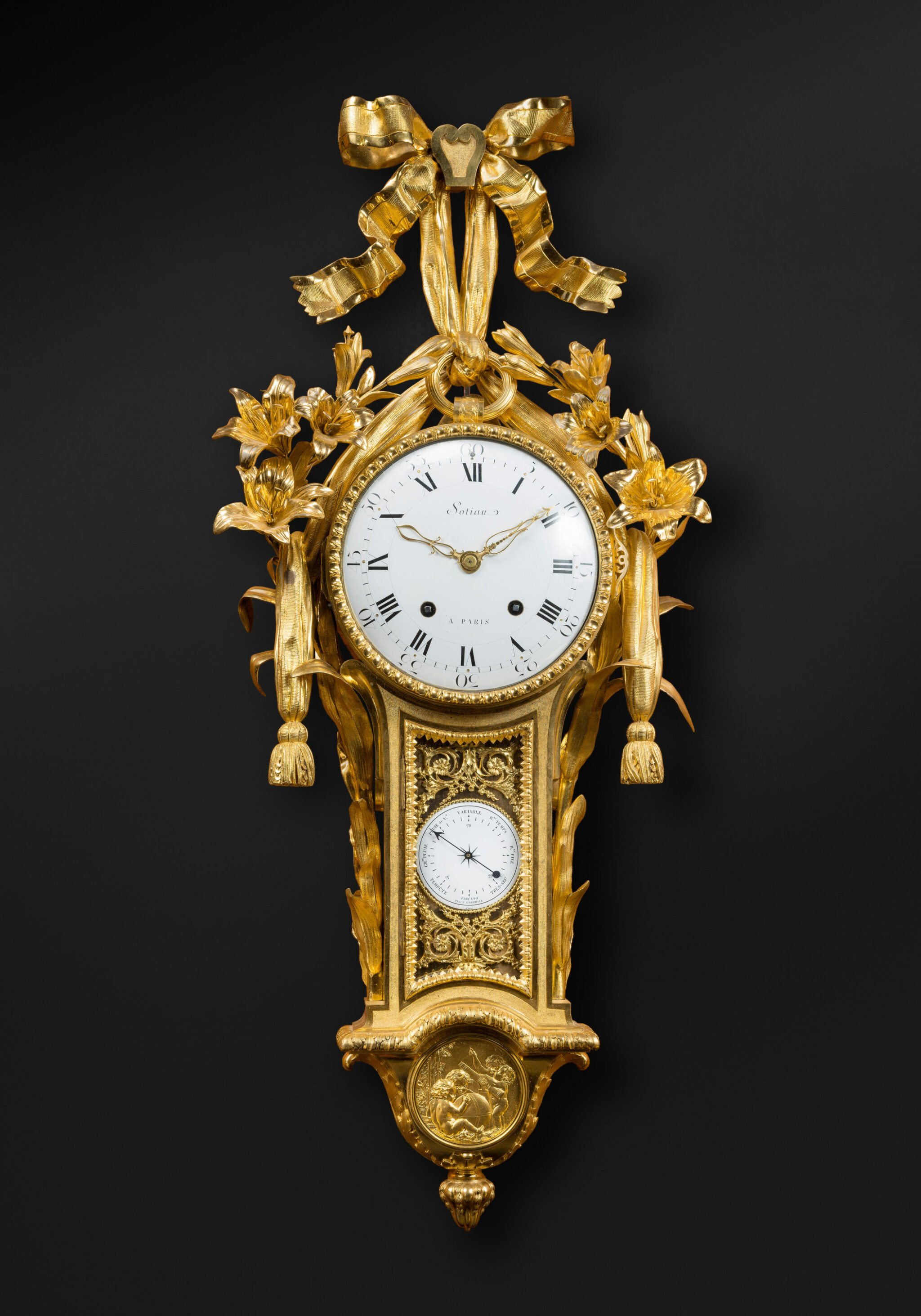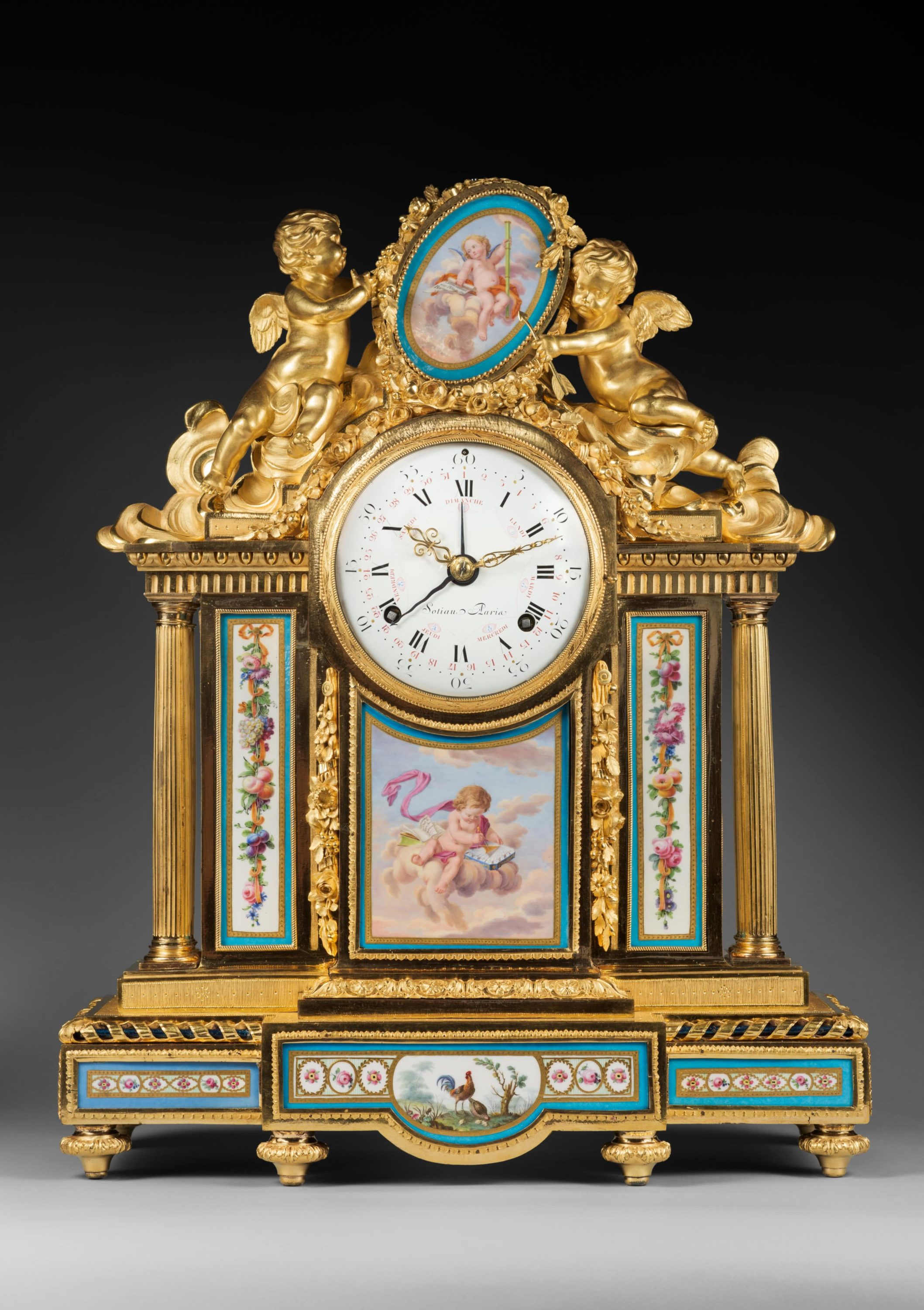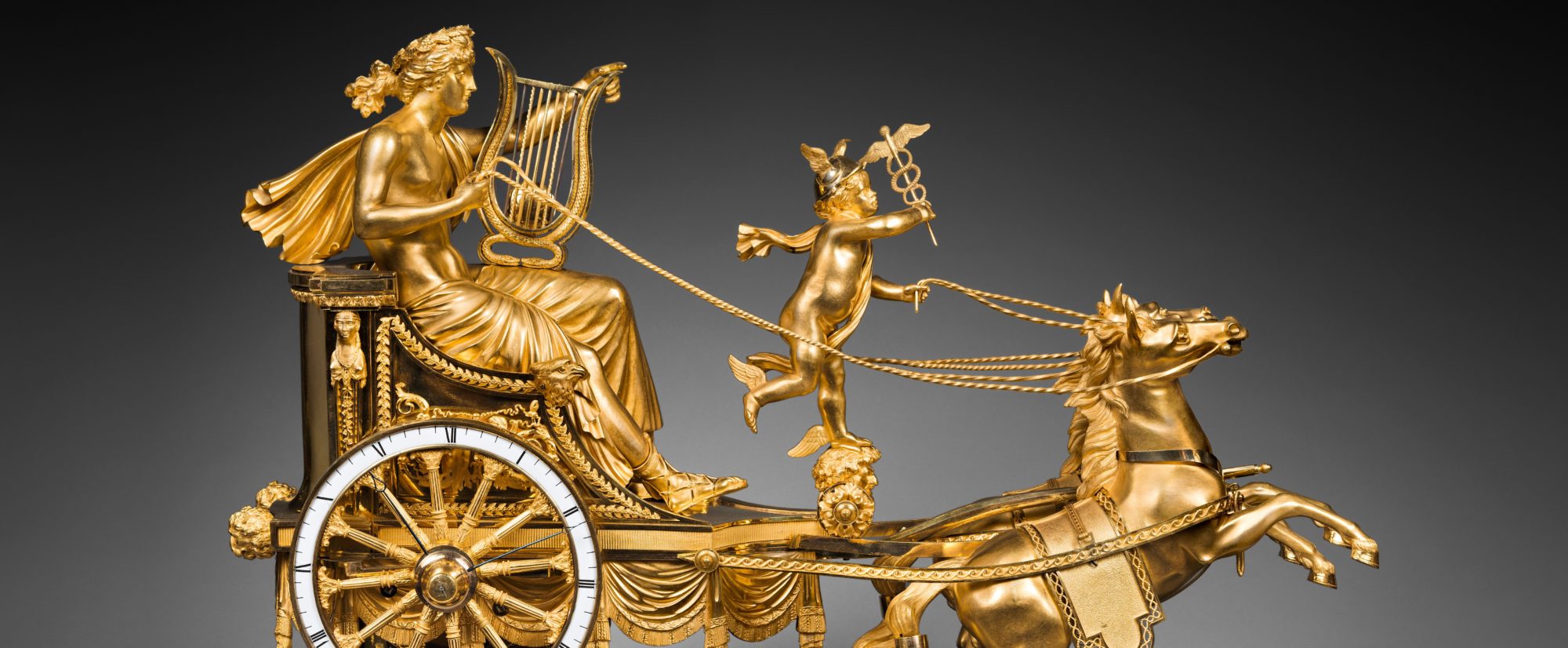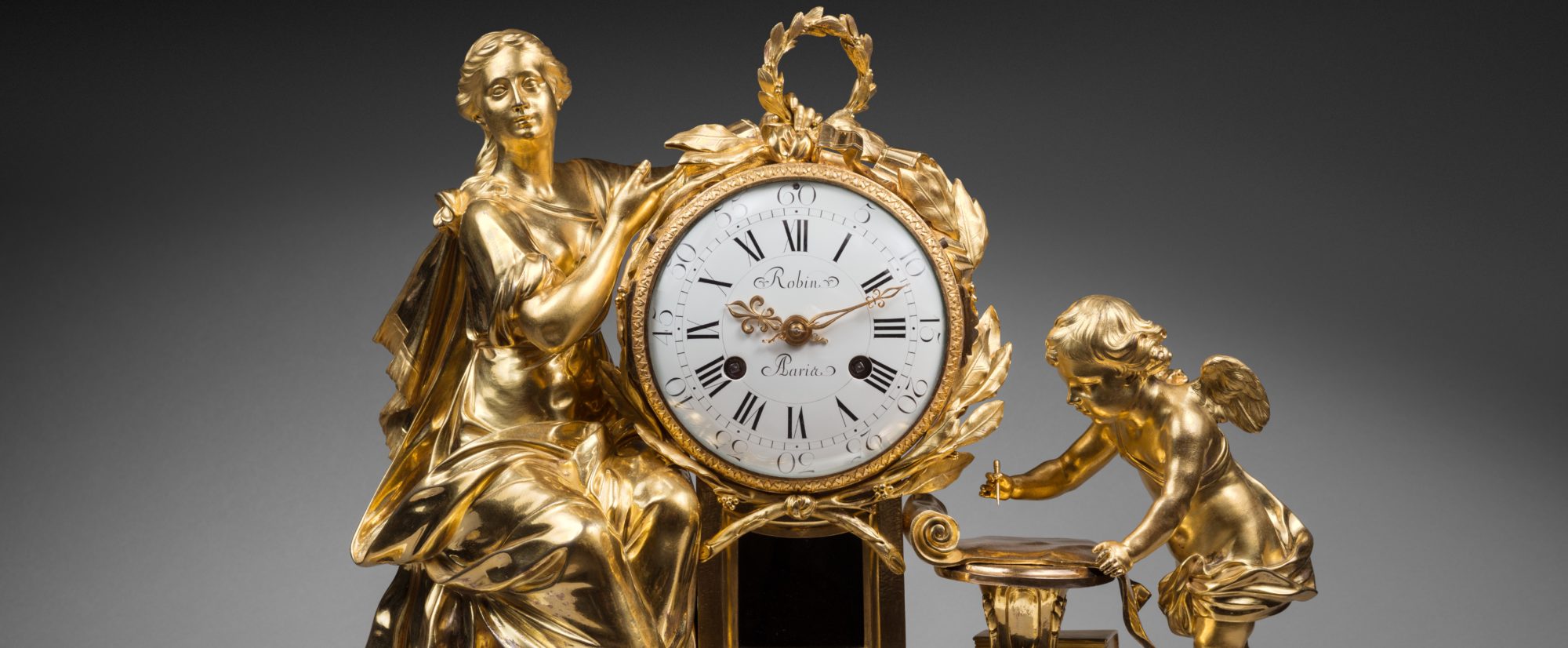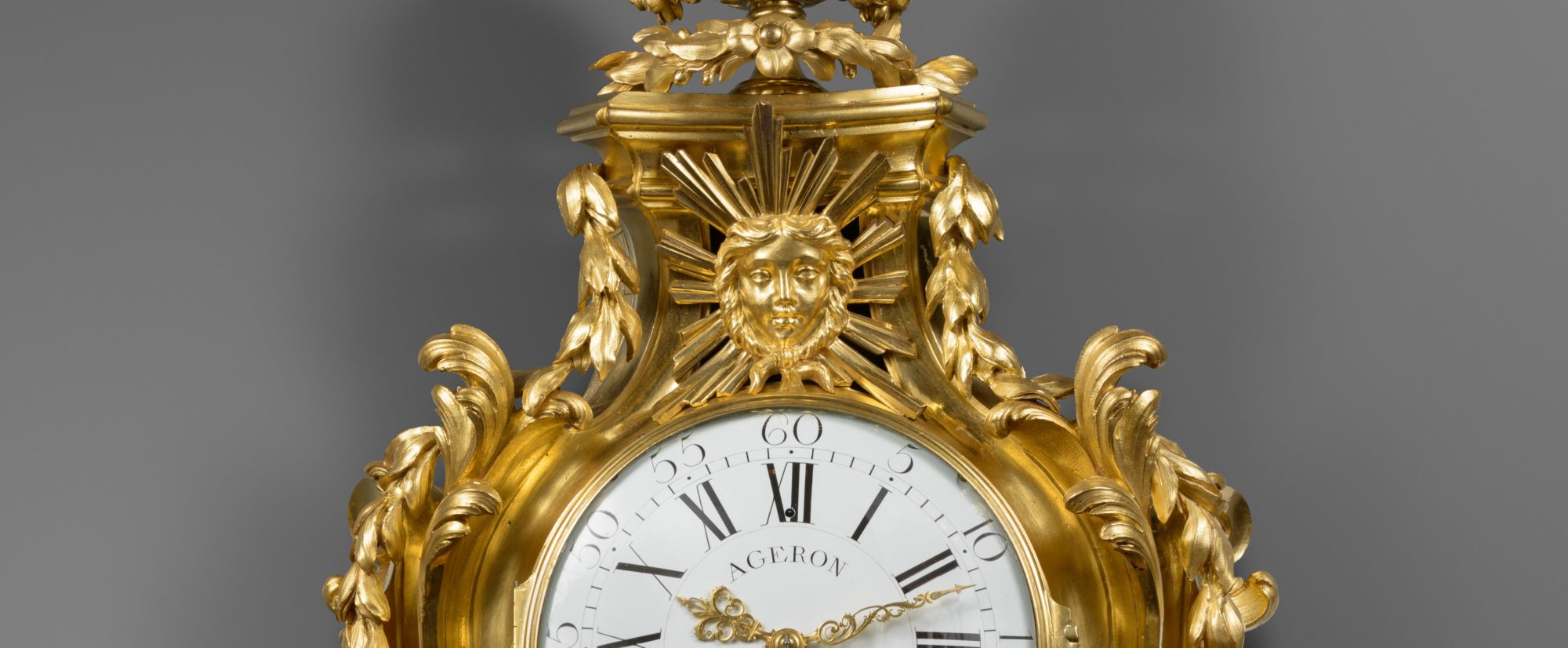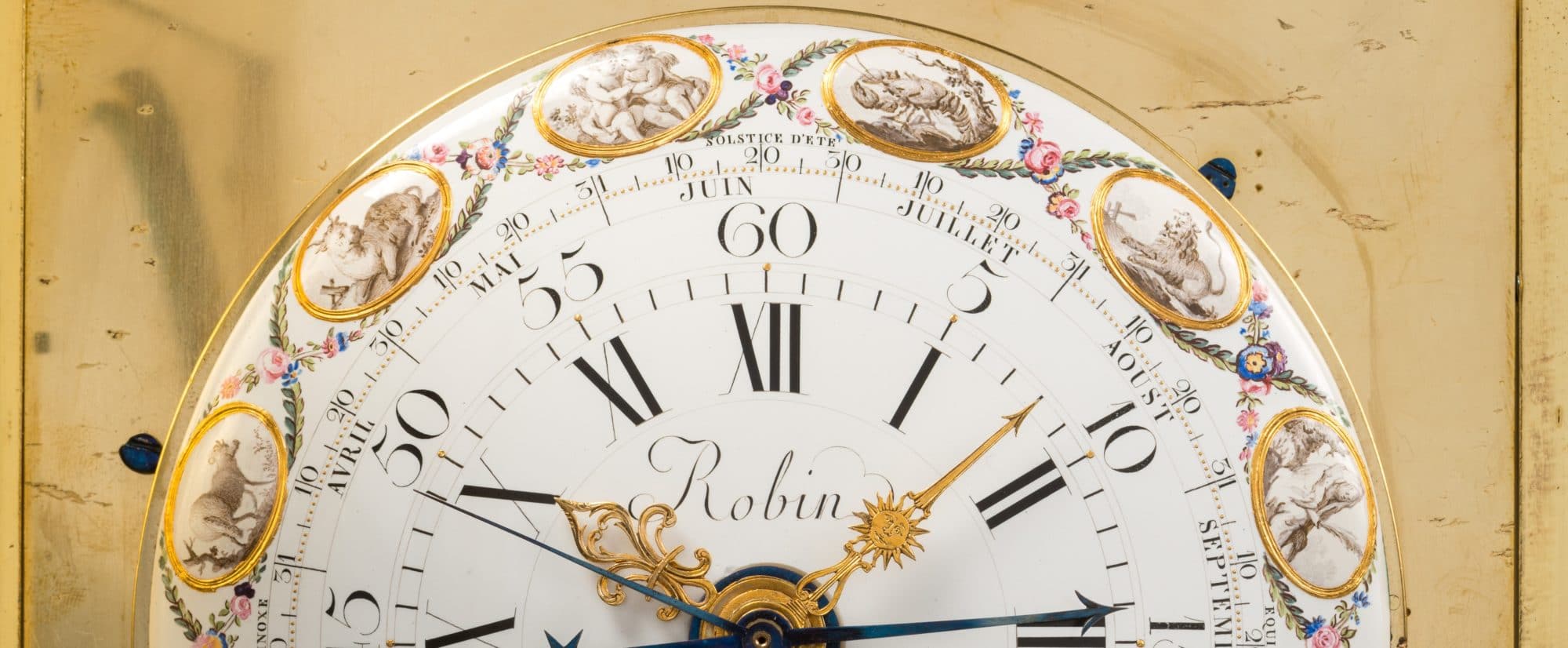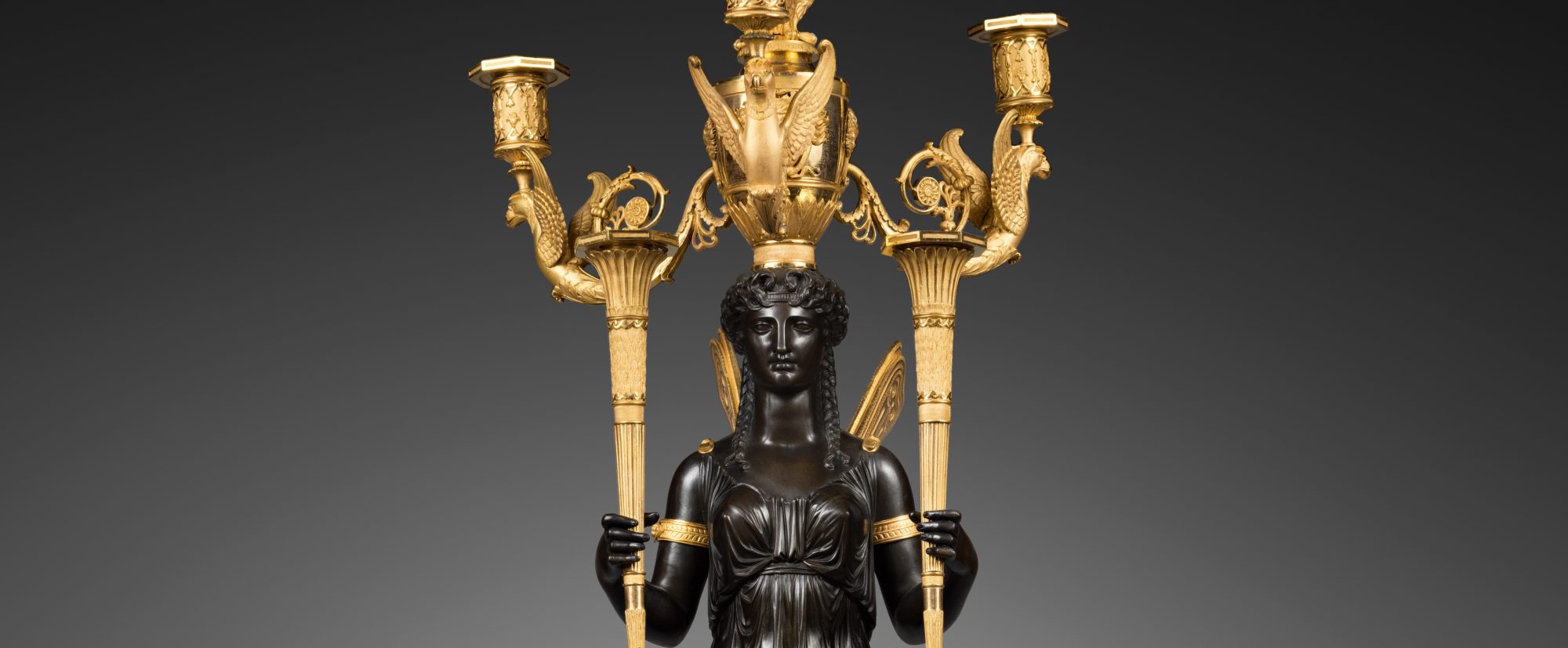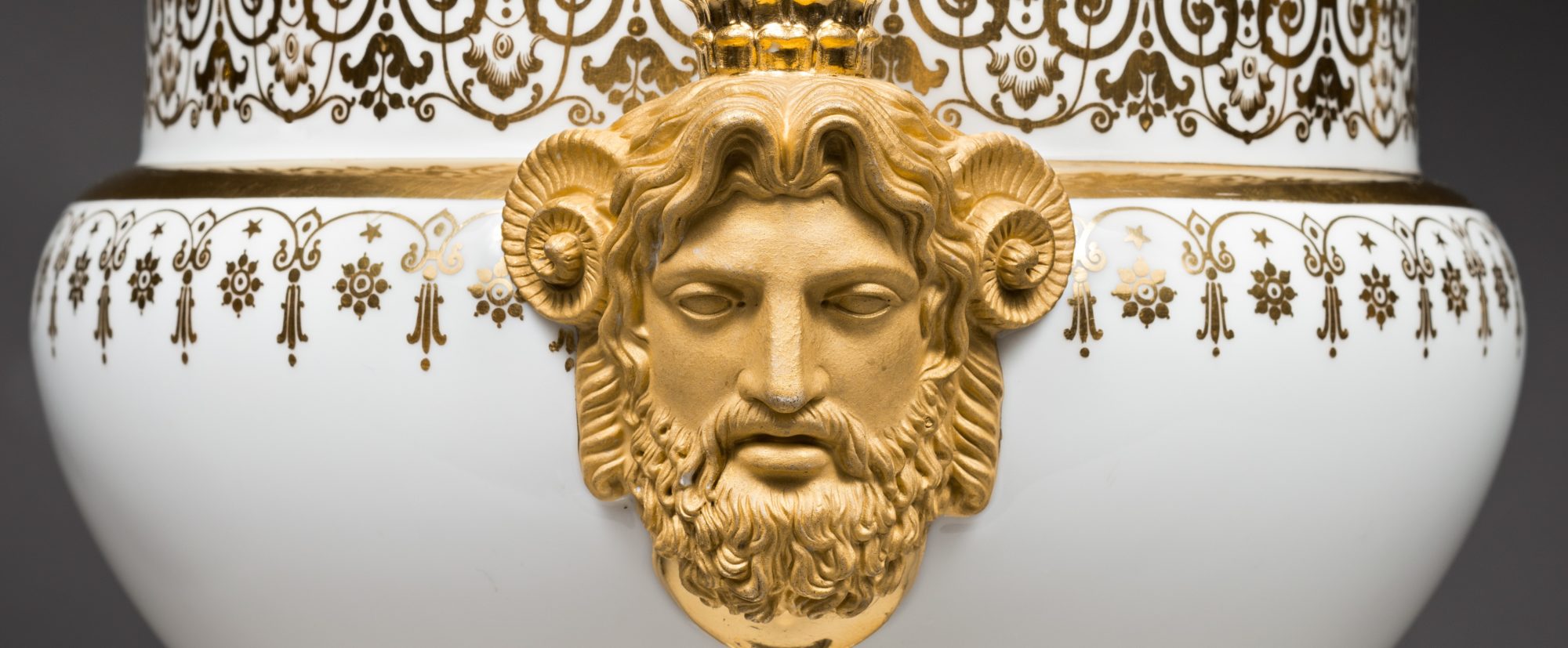Renacle-Nicolas Sotiau
Clockmaker
He was no doubt the principal and most talented representative of Parisian luxury horology during the decade preceding the French Revolution. After becoming a master on June 24, 1782, he opened a workshop in the rue Saint-Honoré; it became a great success with the important collectors of the period. The important Parisian marchands-merciers, especially François Darnault and Dominique Daguerre, commissioned him to produce clock movements for eminent and exacting collectors, which were masterpieces of elegance and perfection. Like all the finest clockmakers, Sotiau acquired his clock cases from the best and most skilful artisans, often working with the bronze casters Pierre-Philippe Thomire and François Rémond. The excellence of his work won him the coveted title of “Horloger de Monseigneur le Dauphin” (the dauphin being the elder son of Louis XVI and Marie-Antoinette). His clocks are often mentioned in probate inventories and appeared in the sales of the collections of important contemporary personalities. Clocks made by Sotiau were owned by financiers such as the wealthy Court banker Jean-Joseph de Laborde, important members of the Clergy, such as François-Camille, Prince de Lorraine, and influential aristocrats such as Louis-Antoine-Auguste de Rohan-Chabot, Duc de Chabot; Charles-Just de Beauvau, Prince de Craon; and Albert-Paul de Mesmes, comte d’Avaux. In addition to his private clientele, Sotiau also produced magnificent clocks for the Prince Regent of England (the future King George IV), as well as for Mesdames de France (the aunts of Louis XVI), and for Queen Marie-Antoinette. Today Sotiau’s clocks may be found in the most important international collections, both public and private. Among these are the Walters Art Gallery in Baltimore, the Frick Collection in New York, the Huntington collection in San Marino and the Musée national du Château de Versailles, as well as the Royal British and Spanish Collections.
